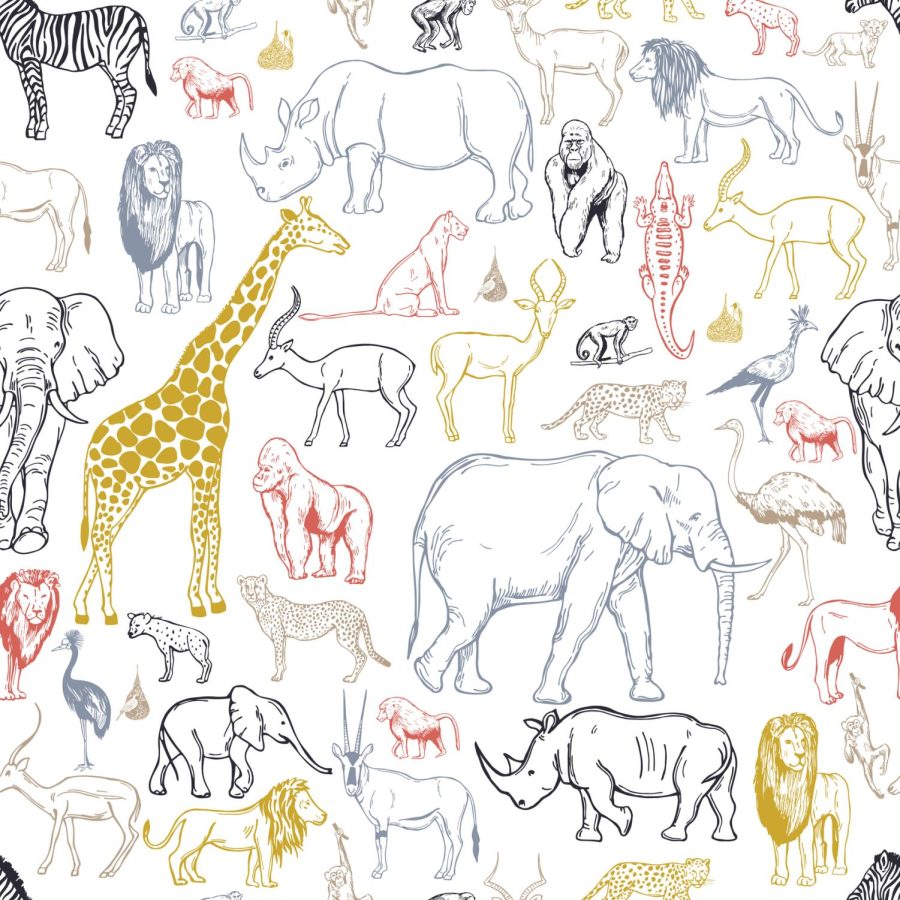Look Both Ways: Are zoos good or unethical?
February 7, 2023
Zoos can be good
By: Angelina Padilla – Tompkins
Zoos can be highly beneficial to both the animals and their visitors.
“Zoos are places where wild animals are kept for public display. Zoos are often the sites of sophisticated breeding centers, where endangered species may be protected and studied,” as explained by National Geographic.
During the early 80s, California condors were nearly extinct with only nine still surviving by 1985. By 1987 the first conservation program for the condors was created. The program was a collaboration between the San Diego Zoo and the Los Angeles Zoo, as well as the U.S. Fish and Wildlife Service, California Department of Fish and Game and the National Audubon Society.
Now the population of California condors has reached over 400 with 240 living in the wild, according to the Association of Zoos and Aquariums.
The zoo’s efforts of saving a species is essential to the fight for animal conservation. Because of this zoos are an important aspect of allowing a species to thrive.
Additionally, many zoos offered a plethora of learning opportunities for all visitors.
The St. Louis Zoo offers both in person and virtual learning opportunities to their guests. Visitors can learn about endangered animals, conservations, food chains, animal life and much more throughout the many programs.
The public needs to be educated on wild animals because both animals and humans are part of a connected ecosystem. Zoos help protect endangered species and ensure the public is educated on wildlife.
Zoos are unethical
Zoos are highly unethical. You might have taken a visit to the zoo and found it to be a fun, interesting and informative experience but many do not realize the issues animals face while kept in captivity.
Imagine being taken away from a place where you already have everything you need; freedom, food, water, shelter, family, etc. and being kept in a place that is basically a prison for other people’s entertainment.
According to a National Geographic Encyclopedic Entry, many animals in urban zoos are kept in very small spaces and these urban zoos cannot grow nor be redesigned.
As much as zoos try to mimic an animal’s natural environment, it’s not possible to do that completely. According to UK-based charity Freedom for Animals, tigers and lions have around 18,000 times less space than in their natural environment and polar bears have one million times less space.
Some may make the argument that zoos are essential to protect threatened species but in a National Geographic article, president of the animal charity Born Free Foundation Will Travers OBE says, “Only 15% of the thousands of animals kept in zoos are considered threatened… That’s not a record that justifies tens of millions of wild animals kept in zoos.”
Although you may think that zoos are educational for everyone, studies have shown that when taking a child to the zoo, few of them have positive educational outcomes. In a 2014 study conducted by the Society for Conservation Biology, in over 2,800 children surveyed after a zoo visit, 62% showed no positive learning outcomes.
Captivity and contact with humans can result in physiological stress and brain damage for animals. Some animals kept in captivity tend to develop abnormal behavior called zoochosis which is a form of psychosis. Some of the behaviors animals with zoochosis exhibit are bar biting, self mutilation, circling, rocking, swaying, vomiting and frequent licking. These animals are sometimes given antidepressant drugs to help with their zoochosis.
Although taking a trip to the zoo may seem fun for you. Next time you want to visit the zoo, I suggest taking into consideration what these animals might be going through.







